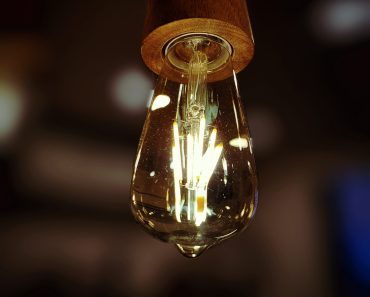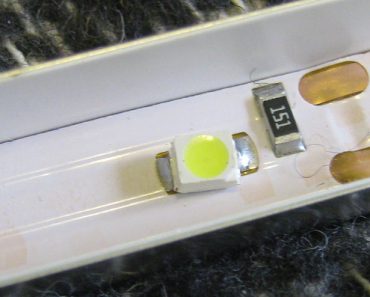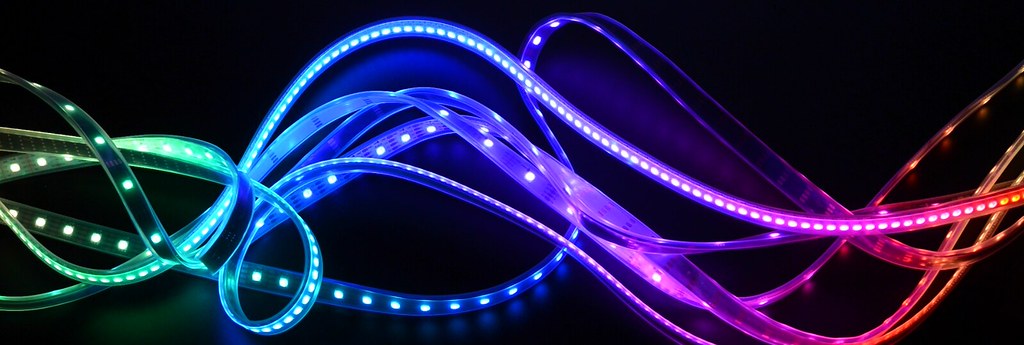A foldable electronic circuit strip with LEDs built-in is known as a LED strip light. LED strip lights not only provide all of the benefits of LED lighting, but they also have their own set of drawbacks.

Pros of LED Strip Lights
1.) Electricity use can be reduced.
LED Strip Lights, like other LED applications, require less power to operate. LEDs use around 7.2 watts of energy per meter strip and are about 90% more efficient than other forms of illumination. That means they’re very cost-effective to run and allow users to create larger installations without worrying about large power expenses.
2.) Variety in Colour of LED Strip Light
LED tubes are capable of producing a much wider range of colours than LED lights, making them perfect for dramatic lighting applications. A variety of common hues may be generated by adding to the traditional warm and cool whites.
LED light strips, which may be powered by a tiny battery, can now be put almost anywhere.
3.) Savings
Flicker-Free LEDs may help you save money on your energy costs by as much as 90 per cent because they use so little power and have a long lifespan.
4.) Adjustable
Luminaires are generally housed in fragile glass enclosures. Strip lights, on the other hand, feature LEDs on an elastic circuit board “ribbon” that can be stretched around 90-degree angles and moulded to fit objects with a changing slope.
5.) Cutting
Solarmax LED Strip Lights are one of the few types of light that may be cut. They have cutting hooks all over their length, which are frequently used to shorten or separate individual strips. Non-solder connections can be used for basic connections, or you may have your store do it for you.
6.) Existence
LEDs are the long-lasting and robust alternative to quad-core visible light. Although incandescent lights have a 1000-hour anticipated life (until failure), LEDs are said to last up to 100,000 hours – or more than 11 years.

Cons of LED Strip Lights
LEDs are cool, but there are some drawbacks to consider:
1.) Substitution
Replacing LEDs in a light strip may be difficult. It’s possible that the entire set of lights will have to be replaced rather than just one fluorescent bulb, depending on the type of strip.
2.) Unattractive
Beautiful LED light strips, but a few lights usually go out before the rest do. At certain moments, the light screen may appear patchy.
3.) Dim Lighting
LEDs, while being composed of a solid substance, consume a substantial quantity of the light they produce. In comparison to other light bulbs, this implies less intense illumination.
4.) Alternating Voltage
It is possible that a power surge might induce a light burnout if the generating action continues for too long. The light would no longer require filling and updating. Rather, it would operate indefinitely.
5.) The Best Deal
While LED lights save money in the long run, the initial investment may be prohibitive.
6.) Returns are Dwindling
LEDs are more energy-efficient, but they may decay and deliver various levels of illumination.
7.) Sticky Tape
Multiple LED light strips are joined together using an adhesive paste. It may also be neglected after a period of time, and when it is removed, it can leave scars.



